Ledeburia: description, types and cultivation
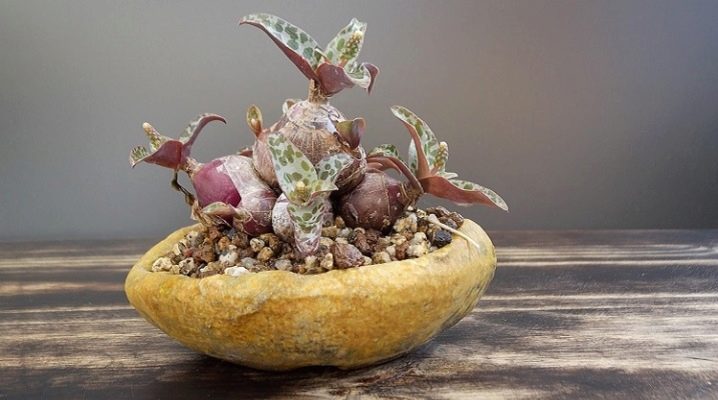
Ledeburia is an evergreen bulbous perennial up to 24 centimeters high. This beautiful houseplant pleases with abundant greenery and amazing mottled color. The flower loves quality care, and thanks to it, it can grow significantly in breadth.
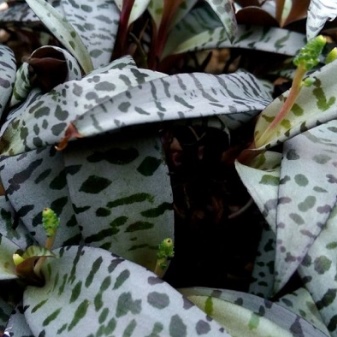
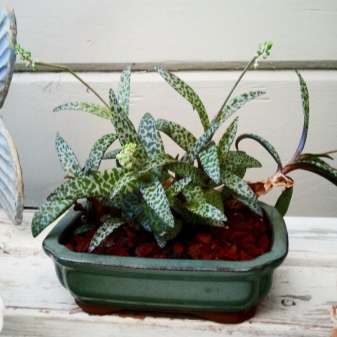
Characteristic
The teardrop-shaped bulbs of this houseplant are usually completely above the ground. Growers love the flower for its fleshy, spear-shaped leaves up to 15 centimeters long. Their coloring is light gray-green with green spots, and the underside is purple. In spring and summer, 20-25 small flowers with greenish petals and white markings appear on delicate pink stems just above the leaves. The flowers are racemose, bell-shaped, appear on the plant from early spring to late summer.
The maximum height of the Ledeburia bush is 20 centimeters. Each year, up to 3 new shoots are formed on the plant, so it does not grow too quickly in size. This plant was brought from South Africa, and was first described in 1870 by the English botanist John Gilbert Baker. In 1970, John Peter Jessop revised the genus and reclassified it. Today, the common name for this species is wood hyacinth.
This plant is sometimes called poisonous because some varieties of Ledeburia contain toxins.
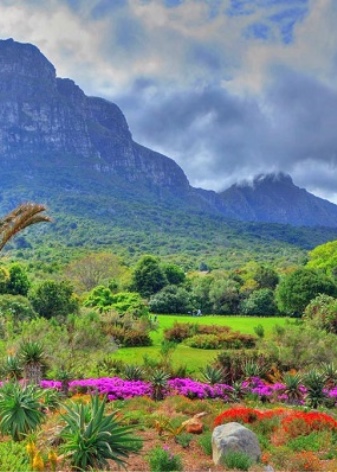
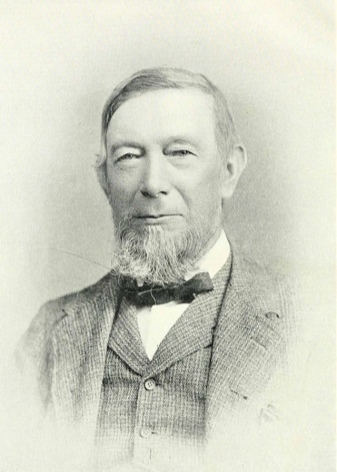
Views
In total, there are about 40 varieties of Ledeburia in nature, but only a few of the most attractive are used in culture.
"Violacea"
This plant is a form of Ledeburia. Flowers appear most actively in spring and summer. The variety belongs to the group of easily cultivated ornamental plants with a pleasant color of the leaves. This iceburia can withstand drought as effectively as any succulent. Small green and purple flowers are collected in clusters. The bulb is ground, conical, tapering, can be either green or purple. It stores moisture. Height from 20 to 35 cm, in diameter - 8-20 cm. The root system is large, each of its processes reaches 1 mm in diameter.

"Socialis"
This variety forms small, teardrop-shaped aerial bulbs. Leaves are silvery white, thyroid-shaped with dark green dots. The flowers are small, green and purple, falling in brushes. The plant is common in KwaZulu-Natal and South Africa.
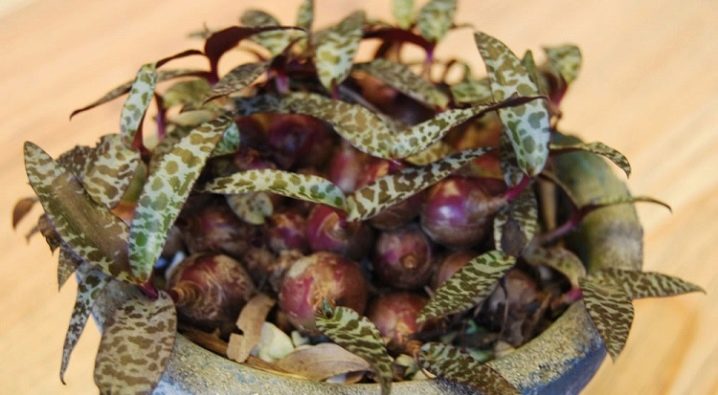
Cooper's
A small plant that belongs to a semi-leafy species. The maximum height that such a ledeburia can reach is 10 centimeters, the width of an indoor flower can reach 5 centimeters. The foliage grows straight from the ground, the bush stands upright. Differs in an oval shape of a leaf plate with a slightly pointed tip. Other distinctive features include purple stripes.
This variety blooms very profusely, the inflorescences are located at a height of up to 25 centimeters. The flowers are deep pink, the petals open wide, the stamens are visible from the middle. Each flower reaches 6 mm in diameter.
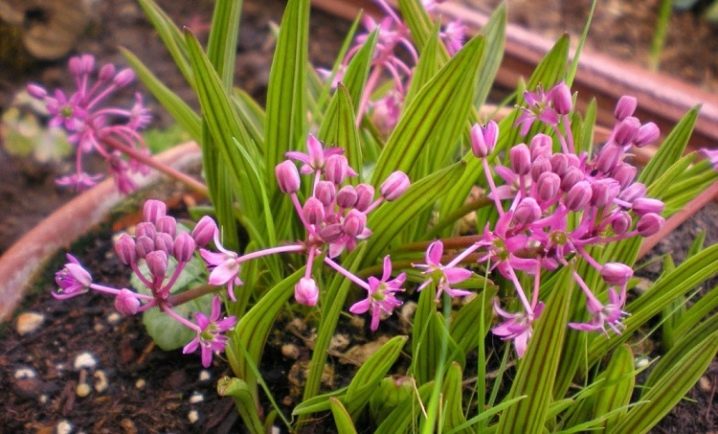
"Public"
Differs in fleshy foliage with silvery spots located transversely. The height of the bush is up to 10 centimeters. Basal leaves can also be up to 10 centimeters long. The peduncle grows quite large, its length is usually longer than the rest of the shoots and is 25 centimeters. Purple buds, collected in a large brush.

"Luteola"
Leaf rosettes of this indoor type of ledeburia are collected in dense rosettes.The bushes are compact, on the leaves there are stains of a yellow-green hue and a small amount of dark spots.
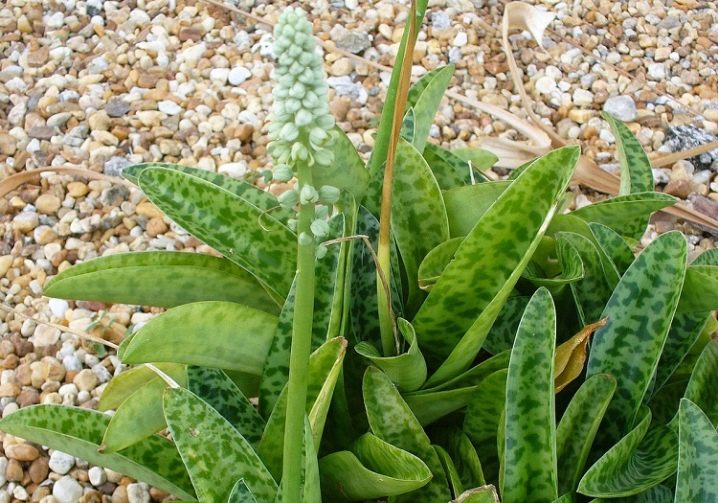
Growing
Ledeburia loves a lot of sun, but also needs a little shade. The pot can be placed on a well-lit windowsill. Unlike most other indoor flowers, this one is not afraid of exposure to direct sunlight, for him are dangerous only especially scorching midday rays in summer.
The appearance of the ledeburia will largely depend on the amount of light. If it is not enough, then the flower becomes less bright, slows down in growth.
Experienced growers advise using additional artificial lighting if you want to get a wide shrub.

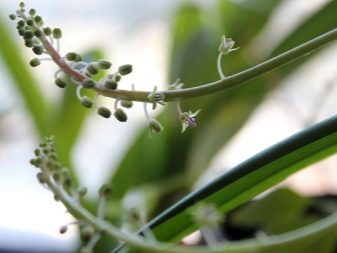
The soil must be well drained. Like most exotic plants, this flower loves moisture, but does not tolerate too much, so the soil should dry well between waterings. This flower feels great in rich compost.
The indoor temperature should be moderate. Ledeburia is grown as a houseplant and grows well with minimal maintenance. During the period of active growth, the temperature in the room with it should be within +21. +23 degrees. The flower can withstand temperatures from +30 to -1 degrees. In winter, you can lower the air temperature to +18 degrees, which is comfortable for the flower.
At a lower level, the plant will not die, but, most likely, it will lose its decorative appeal.
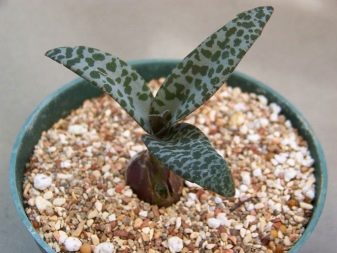
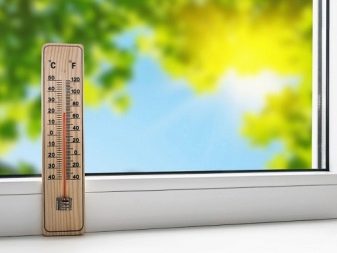
Experienced gardeners are advised to take an indoor flower outdoors in spring and summer, if the ambient temperature does not drop below + 15 degrees. With the onset of cold weather, the plant is transferred back to the house. The flower can withstand a slight cold snap, but the frost is destructive for him. The bulbs at the base of the plant should always remain above the ground.
During the active growing season - in spring and summer, this plant feels better from frequent watering and regular application of fertilizers. Hibernation is necessary to start a new growth cycle - without this rest, the plant may not bloom at all and may not grow new leaves.
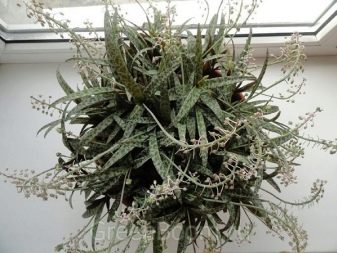
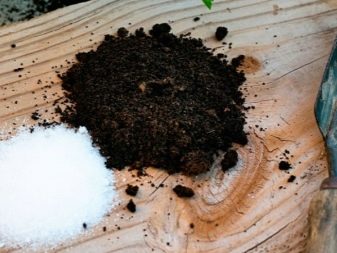
The soil in which the indoor flower grows and develops should not be constantly wet, since then putrefactive processes begin to develop. Between waterings, it is worth checking how well the soil has dried. To do this, just look at the first few centimeters of the soil - if they are dry, then you can add water, and with it fertilizers.
The best fertilizer for a plant is liquid, but its portion should be four times less than indicated on the package. If a dry complex mixture is introduced, then the soil must be moistened before that, otherwise the root system can be burned.
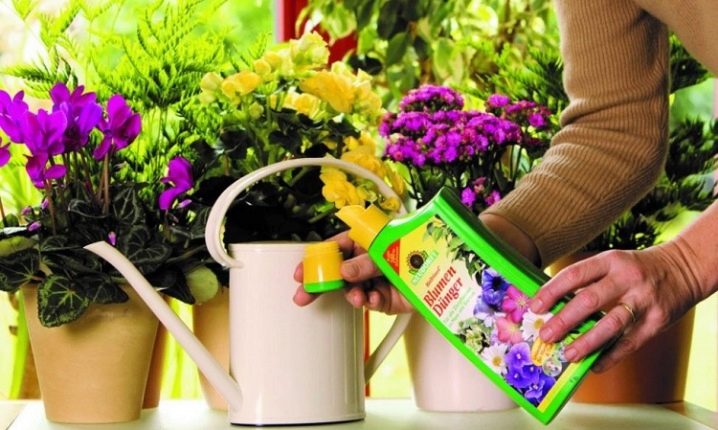
It is worth saying that top dressing is not often applied, since lederubia grows excellently without them, but you cannot do without them either. From spring to autumn, you can use the nutrient solution once a month.
In winter, the number of waterings is reduced to one per week or even two. Too wet soil and low temperatures are favorable conditions for the multiplication of bacterial diseases and fungi, but if it is hot in the room, the amount of moisture introduced is kept at the same level.

Besides, it is worth humidifying the air regularly. More experienced growers use automatic installations for this, for others a spray gun is enough. Moisture is sprayed indoors, but not on foliage. One of the best ways to humidify the air is to place a container with water and small stones next to it.
There are no special requirements for water, but if it is tap water, then it is worthwhile to defend it for several days. You can use well, rain, melted snow, but only by preheating it to room temperature.

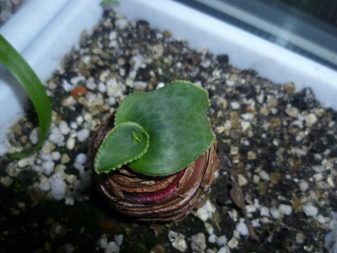
Reproduction
The plant propagates by seeds or by dividing the bulbs. No matter which method the grower chooses, the procedure is carried out at the beginning of the growing season, that is, in the spring. If it is decided to use seeds as planting material, then it is worth taking only freshly harvested ones. A universal mixture of peat or sphagnum moss with sand is ideal for germination. The substrate must be moistened before planting seeds in it.
There is no need to deepen them as they germinate without it. It will be possible to observe the first shoots after three weeks, and even earlier when greenhouse conditions are created.
Seedlings grow slowly, the grower should be prepared for this. It will be possible to transplant them into separate containers only after two months.
The daughter bulbs grow rapidly and an attractive clump will soon form above the ground.
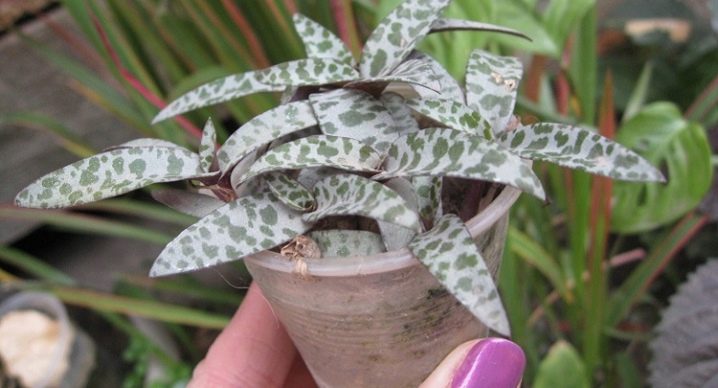
There is another breeding option - by division. It is most often used when transplanting a plant. In order not to injure the ledeburia twice, the bulbs are separated when changing the container to a wider one. A well-sharpened knife can be used to separate the side children, only before that it must be disinfected. About half of the bulb should remain on the surface when planting. For better germination, the same soil is used as when planting seeds. Cover the top of the pot with a bag.
The first leaves appear after two weeks or so, and this process signals the development of a good root system. The shelter is removed for a while, increasing it by several minutes every day, thus hardening the young Ledeburia.
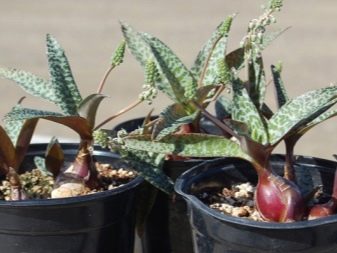
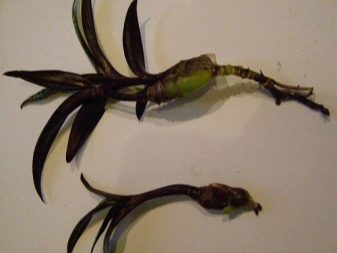
Care
All caring for a flower at home is reduced not only to watering and feeding, but also to timely pruning, insect control, and transplanting. Pruning is never cardinal. If necessary, remove only dry leaves and peduncles. Sometimes it is necessary to reduce the size of the root system if the plant begins to get sick. After 8-10 years, an indoor flower may lose its decorative effect, in this case, experienced plant breeders advise to rejuvenate it. The procedure is very simple - the old bulbs are removed, only new ones are left.
As for the transplant, then the less often the plant is injured, the better. The container is changed in the spring as needed, if the flower grows strongly. On average, this is once every 3 years. The new soil should be light, loose, so that water passes through it well and does not stagnate. The best mixture is considered to be a soil from a leaf and turf mixture with the addition of sand. The ratio of the components is 2: 1: 1.
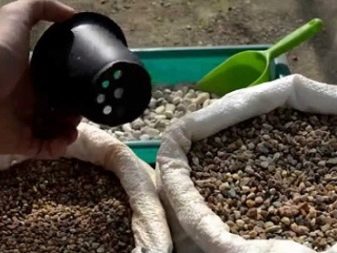
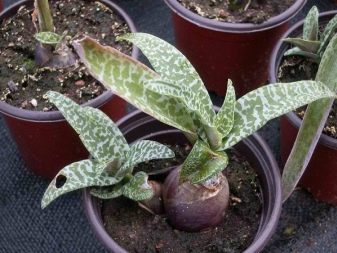
Special requirements are imposed on the pot, since the lederubia grows more in width. Its root system is shallow, so a wide container with good drainage holes is suitable for it. Each time the diameter of the pot is increased by 5 centimeters. Small pebbles must be laid on the bottom, which plays the role of drainage. Foam chips should not be used, as they hold back moisture, which is the main friend of rot and fungus. If infection has occurred, then you will need to use fungicides.
From time to time, the plant can be attacked by aphids or a fruit fly, then you just need to use neem oil, wipe the flower with alcohol or spray it with an insecticidal soap solution. As far as bacterial lesions are concerned, they cannot be treated.
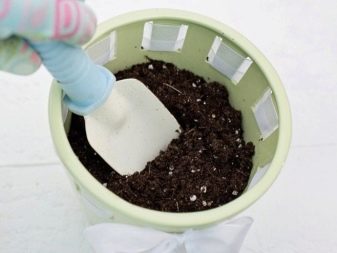
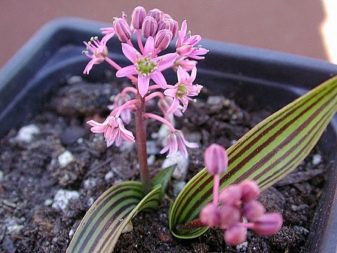
At the initial stage, damaged shoots urgently need to be removed, and if the process is started, the entire plant is disposed of.
In the next video, you are waiting for the care, reproduction and transplantation of public ledeburia.































The comment was sent successfully.